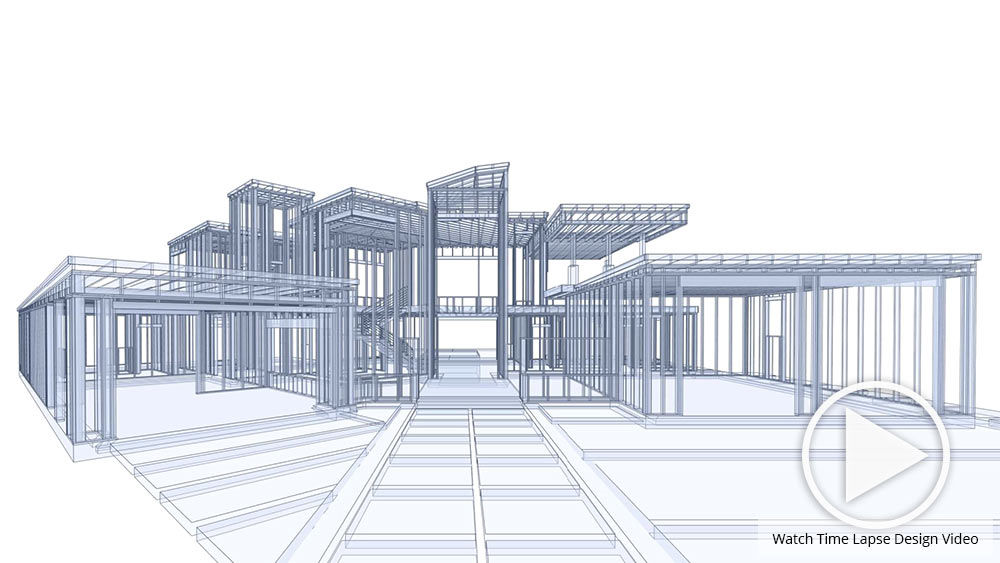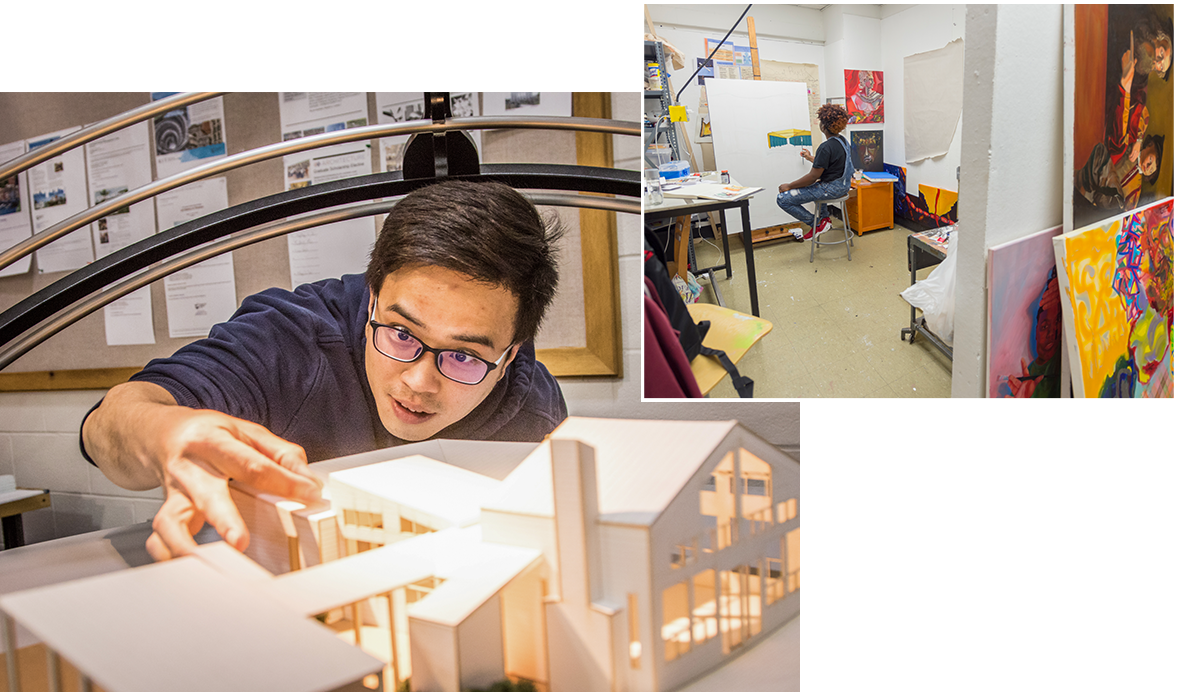Just How CDA Architects Include Eco-Friendly Practices in Architectural Projects
Just How CDA Architects Include Eco-Friendly Practices in Architectural Projects
Blog Article
An Extensive Overview of Building Designs and Their Influence on Modern City Planning and Development
Building designs have long served as a mirror to the social worths and technological developments of their time, playing an important role in forming modern-day city planning and advancement. From the splendour of Neoclassicism to the utilitarian strategy of Brutalism, each design has introduced special concepts that affect city looks and functionality.
Historic Summary of Building Designs
Throughout background, architectural styles have actually developed in feedback to cultural, technical, and environmental aspects. Each period shows the dominating values, ideas, and advancements of its time, bring about a rich tapestry of style that indicates human imagination and adjustment. The ancient worlds, such as the Egyptians and Greeks, developed foundational styles that highlighted symmetry and proportion, offering both useful and aesthetic objectives.
As cultures transitioned through the Middle Ages, Gothic style emerged, defined by its verticality and detailed detailing, mirroring the spiritual desires of the age. The Renaissance noted a rebirth of classical suitables, combining art and architecture in ingenious manner ins which influenced subsequent styles throughout Europe.
The Industrial Change presented new materials and building strategies, motivating movements like Modernism, which challenged conventional types and accepted simpleness and capability. The 20th century saw a diversity of designs, with Postmodernism responding versus the raw minimalism of its precursor, incorporating historical references and eclectic elements.
Today, architectural designs continue to develop, driven by globalization and sustainability worries, showing a dynamic interplay between heritage and advancement. This historic introduction highlights the relevance of design as a mirror of societal development and as a driver for metropolitan advancement.
Key Architectural Styles Explained
The diversity of building designs shows the myriad influences that shape our built setting, each embodying unique attributes and social relevances. Secret architectural styles include Classical, Gothic, Baroque, Innovation, and Postmodernism, each representing unique historical contexts and visual ideologies.
Classic architecture, rooted in old Greece and Rome, highlights symmetry, percentage, and using columns. On the other hand, Gothic style, growing in the Center Ages, is identified by pointed arches, ribbed safes, and flying buttresses, producing an angelic quality in sanctuaries. Baroque architecture, arising in the 17th century, is marked by grandeur, fancy embellishment, and a dynamic interplay of light and darkness.

Comprehending these designs gives understanding right into the social stories and technical innovations of their respective eras, highlighting just how style offers not equally as a sanctuary, yet as a representation of social worths and ambitions.
Influence On Urban Preparation
In shaping the growth of cities, building styles significantly affect city planning choices. The selection of architectural design frequently dictates the visual appeals, functionality, and overall character of city atmospheres.
Furthermore, architectural designs can influence zoning laws try here and land use policies. Urban planners have to think about the prevailing building trends when making districts, ensuring that brand-new developments balance with existing frameworks. This consideration cultivates cohesive metropolitan landscapes and boosts community identification.
The execution of particular building styles can likewise affect socioeconomic elements within a city. Premium contemporary designs may bring in wealthy locals and organizations, leading to gentrification, while much more cost effective housing remedies may focus on practical and sustainable designs to accommodate varied populaces. Eventually, the interplay between building styles and urban planning produces vibrant cities that mirror both historical context and contemporary requirements, forming the lived experiences of their citizens.
Sustainability and Modern Architecture
Architectural styles play a pivotal role in addressing modern obstacles, specifically in the world of sustainability. As metropolitan areas increase and ecological worries increase, contemporary architecture increasingly welcomes sustainable design concepts that prioritize energy efficiency, source conservation, and minimal eco-friendly effect.
Contemporary architectural activities, such as biophilic style and green style, advocate for frameworks that balance with their surroundings, making use of natural materials and advertising biodiversity - right here cda architects. These styles often include renewable resource resources, such as photovoltaic panels and wind generators, to decrease reliance on nonrenewable fuel sources and lower carbon footprints
In addition, the combination of innovative modern technologies, such as wise building systems, boosts power administration, enhancing resource use while guaranteeing passenger convenience. Ingenious water management methods, including rain harvesting and greywater recycling, additional add to lasting metropolitan environments.
Especially, sustainability prolongs past ecological issues; it encompasses social and financial dimensions too. By fostering area wellness and promoting inclusivity, modern-day building styles align with sustainable development objectives. The advancement of architectural methods continues to shape resistant cities that not only meet the requirements of the existing yet also protect the future for generations to come.
Neighborhood Interaction in Layout
Area engagement in design functions as a crucial bridge between Recommended Reading designers and the populaces they offer, making certain that the built environment reflects the requirements and ambitions of its individuals. This collective procedure welcomes neighborhood participants to add their understandings and choices, fostering a sense of ownership and responsibility toward the areas they live in.
Reliable community engagement employs various methods, such as workshops, surveys, and public discussion forums, to collect varied viewpoints (cda architects). These methods assist in a two-way discussion, allowing designers to recognize neighborhood contexts while equipping residents to articulate their issues and wishes. This inclusivity not just boosts the layout high quality yet also promotes social equity by resolving the special obstacles encountered by marginalized groups

Final Thought
Building designs have actually greatly affected modern-day city preparation and growth, mirroring evolving cultural and technological contexts. The integration of historical appearances with modern demands cultivates city settings that focus on sustainability and neighborhood interaction. As cities remain to grow and adapt, the ongoing discussion in between architectural heritage and modern design principles will certainly continue to be crucial in developing comprehensive, lively areas that improve high quality of life and promote social equity. The future of city growth joints on this harmonious balance.
Report this page